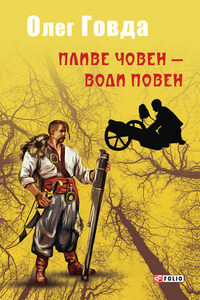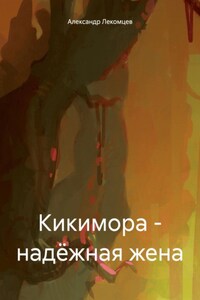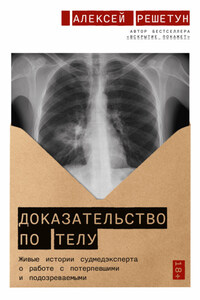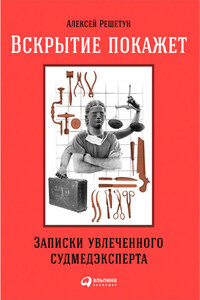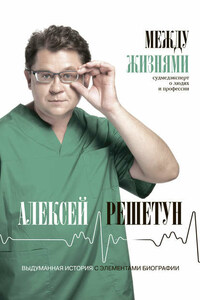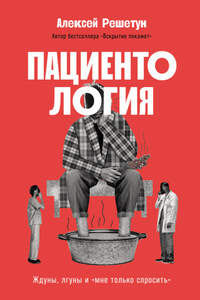If These Bodies Could Talk: True Tales of a Medical Examiner
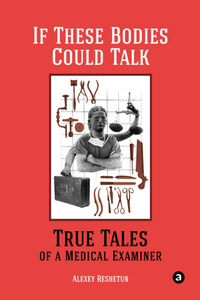
What happens to your body after you die? Ask forensic medical examiner Alexey Reshetun. For more than twenty years he has spent every day with the newly dead, conducting autopsies and searching for the cause – or causes – of their death. In layman’s terms – and with some dark humor from time to time – he explains what forensic medical examiners do, how they dier from pathologists, how an autopsy is carried out, and what happens to organs after they are removed.
Along the way he gives a brief overview of the history of forensic medicine and procedural basics – from examination of a body at the scene of death to exhumation and examination months after burial. He shares his own stories from his practice – how he knew the old woman in the village was murdered in her bed, or how he and his team discovered that the man who keeled over on his porch was not killed by a heart attack but by a stray bullet shot by a neighbor down the street.
Death is a topic we often try to avoid, but Reshetun makes it as fascinating as life. And, in the process, he sheds new light on an old truth: our lives – and deaths – are in our own hands. After reading this book, you might drop some of your bad habits – and take up some good ones.
If These Bodies Could Talk is for anyone who is curious about the real – not fictional – life of medical examiners.
Why read this book?
• The author enthusiastically describes in simple, lively, and even droll terms (yes, there can be humor, even in death) why and how people die and what happens to our bodies after death.
• This is not a textbook, though you will get a brief overview of the history of forensic medicine and some forensics basics (for example, how a body is examined at the crime scene).
• Everything in this book is true, which makes it all the more interesting (and sometimes frightening). But, paradoxically, you will come away with a deeper appreciation for your own life and the lives of your loved ones.
• QR codes available to photos from the autopsy suite. While this book is certainly fascinating for doctors and medical students, it is primarily intended for people without a medical or forensic background, as a reminder that we are all mortals, life is finite, and what we spend it on is important.
Книга издана в 2022 году.






